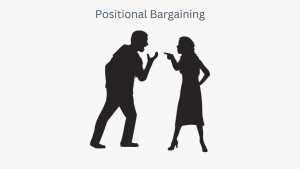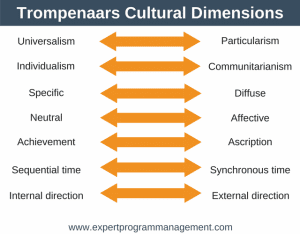How much we can influence others is a function of how much we trust the other party. We are very unlikely to be influenced by people we distrust. We are far more likely to listen and accept the ideas of those in which we trust.
The trust equation is a rule of thumb that helps us understand the factors involved in trust. If we understand the factors involved we can then focus on improving weak factors with particular individuals. The equation is shown below:
Trust
Intimacy
Credibility
If building intimacy is about listening at the right moments and saying the right things, then credibility is about having earned respect through your actions. Essentially, you need to have already walked the walk in addition to being able to talk the talk.
When I refer to walking the walk, I mean not just that you have delivered successful outcomes in the past, but that you have done it in a honest way. Not telling lies and delivering results gives you credibility. It’s not just what you do its also how you do it.
Another aspect to credibility is presence – how you dress, talk, walk, stand, listen etc. will influence how others perceive you and thus your credibility.
Risk
Finally
Building trust takes time, but is there a way this process could be accelerated for executives in a hurry?
One option is to do what entraprenures do naturally. They create a sense of enevitability about what they’re aiming to achieve. They don’t use the word if, instead they use when. They create an emotional attachment to the vision and make light of the risks and potential road blocks.
If you’d like to know more about the spurious maths of the risk equation (I’ve seen a few different versions of the equation), read the book How to Lead: 3rd Edition (3rd Edition) by Jo Owen.








